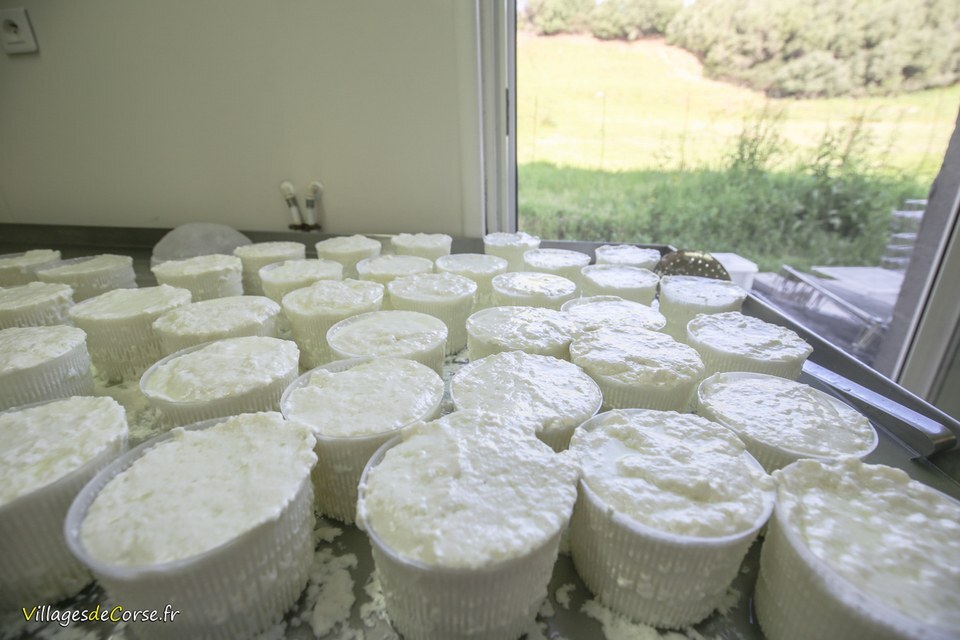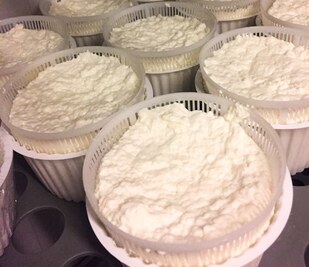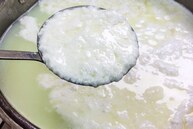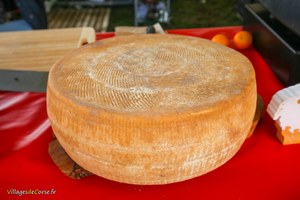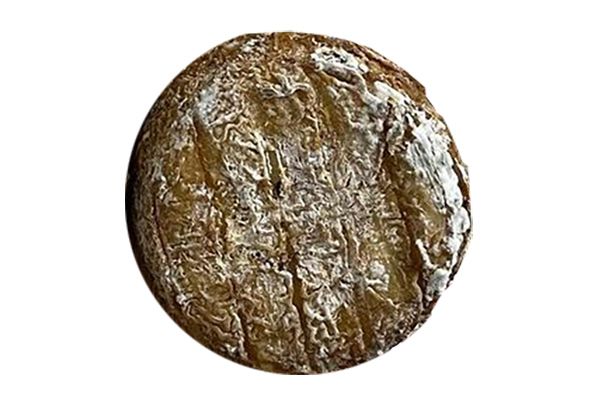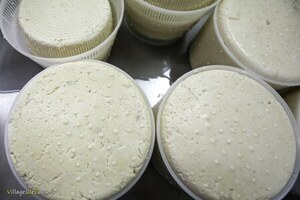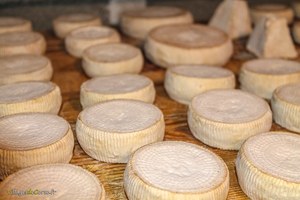All you need to know about Brocciu Corse
The poor relation of cheese
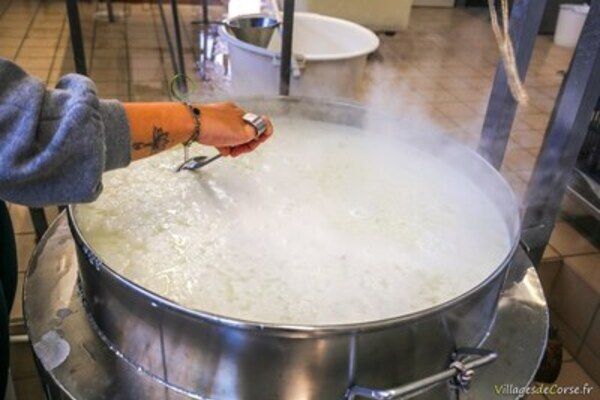
When milk coagulates, it forms a material - curd - which separates from a liquid residue known as whey. The curd is used to make cheese, while the whey is reused and heated in a cauldron to a certain temperature to obtain brocciu. Originally, brocciu was invented to avoid disposing of whey.
It is made from the milk of Corsican ewes, but can also be made from goat's milk. Sold the same day or 2 or 3 days after production, it doesn't keep as long as cheese, which is one of the reasons why the price (5 to 6 euros a piece) is lower than that of cheese.
Brocciu PDO
Ewe's milk brocciu has been protected under the appellation d'origine contrôlée - AOC - since 1998, and under the appellation d'origine protégée - AOP - since 2003 at European level.
How to preserve brocciu
Brocciu is made every milking day and sold the same day it is produced, so it can be kept for a few days in the refrigerator, preferably in a closed container to preserve its freshness. Because of its high water content, brocciu is quite heavy, varying from 500 grams to over 2 kilos depending on the farm.
Brocciu production period
Brocciu doesn't keep for long, so its availability depends on when the ewes or goats are milked, and the length of the summer period, which varies according to the altitude of the farm (coastal, mid-mountain, high mountain). In general, this period begins in late autumn and extends into summer.
How brocciu is made
When the shepherds place the cheese in the "faisselles" (formerly made of rushes), a large portion of the liquid, mainly water but also milk curds, flows onto a stainless steel table at a slight angle. At the end of the table, a small drain collects the whey in a vat.
This yellowish whey - u seru - is heated in a cauldron - u paghjolu - to over 40°C, while being gently stirred. The next step is to add fresh milk (around 25%), salt and a little water, before gradually raising the temperature to 80°C.
The result is flakes that rise to the surface, which are skimmed off and placed in a dish - a fattoghja / u casgiaghju - where they follow the ridges, cool and continue to drain.
Brocciu-making video
Brocciu passu
Brocciu passu is brocciu that has matured for more than 21 days. Once it has passed this stage, it is known as brocciu seccu.
La Brousse in the South of France
Brocciu - or brousse in Corsican - is not specific to the island, since it's also a cheese found in the South of France, notably in Provence.
In the old days, it was made to avoid discarding the whey, the idea being not to lose anything. An ancient practice with a cultural and economic dimension, it is perpetuated today for its gustatory value. It can be found in many Mediterranean countries such as France, Italy and Portugal, under different names depending on the region (Greuil du Béarn, Zenbera in the Basque Country, Ricotta in Italy). The breed of goat or sheep, their diet, as well as manufacturing methods and dosages that vary from region to region, make up the richness of this typically Mediterranean culinary heritage.
